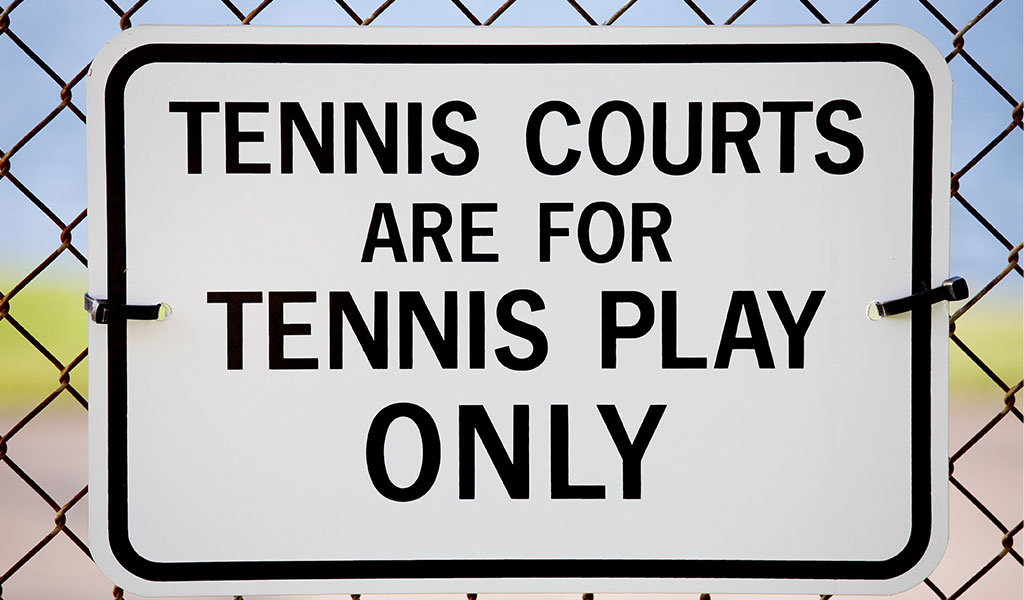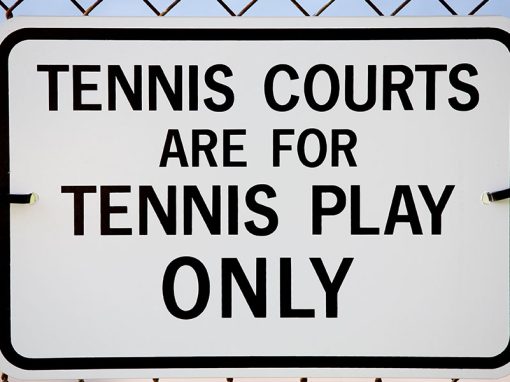RARE DECISION ON OBVIOUSNESS REFLECTS A MORE BALANCED APPROACH
The US Supreme Court has recently issued its first decision in respect of the issue of obviousness for many years (KSR Int’l Co. v. Teleflex Inc., No. 04-1350 (April 30, 2007)). Although the effect of this decision is yet to be seen in the lower US courts and in the practice of the USPTO, the KSR decision is likely to result in a more rigorous assessment of obviousness which takes into account common sense and the demands of the market place rather than relying on the rigid application of mandatory tests. In this regard it is noteworthy that the Court concluded that: “the results of ordinary innovation are not the subject of exclusive rights under the patent laws. Were it otherwise patents might stifle, rather than promote, the progress of useful arts.”
A central issue was whether it was appropriate, when considering whether a claim was obvious, to apply the so-called “teaching, suggestion or motivation” (TSM) test. The Supreme Court decided that the TSM test provides a “helpful insight” but criticised the lower Federal Circuit Court’s narrow and rigid application of this test in the particular case under review. Thus, it was considered helpful that the TSM test recognises that a “patent composed of several elements is not proved obvious merely by demonstrating that each element was, independently, known in the prior art” and that “it can be important to identify a reason […] to combine the elements as the new invention does”. On the other hand, it was recognised that in many fields there may be little discussion of obvious techniques or combinations in the scientific literature, but market forces and the application of common sense may nevertheless mean that a particular combination is obvious – i.e. “an advance that would occur in the ordinary course without real innovation”. As far as prosecution of patent applications in the US is concerned, the Court has emphasised the need, when formulating an obviousness rejection, to make explicit the analysis as to whether there was an apparent reason to combine the known elements in the fashion claimed by the patent at issue. However, this analysis need not rely on the identification of precise teachings directed to the subject matter of a particular claim – the inferences and creative steps that a person of ordinary skill in the art would employ can also be taken into account. The following scenarios were the subject of specific comment:-
- A combination of known elements using known methods is likely to be obvious when it does no more than yield predictable results
- When the skilled person can implement a predictable variation and can see the benefit of doing so, the variation is likely to be obvious
- It is common sense that familiar items may have obvious uses beyond their primary purposes, and a person of ordinary skill will be able to fit the teachings of multiple patents together like the pieces of a puzzle
- When there is a design need or market pressure to solve a problem and there are a finite number of identified predictable solutions, the person of ordinary skill has good reason to pursue the known options within his or her technical grasp – anticipated success is likely to be the nonobvious result of ordinary skill and common sense
- When the prior art teaches away from combining known elements, discovery of a successful means of combining them is more likely to be nonobvious
- If the combined elements work together in an unexpected and fruitful manner, this may indicate nonobviousness
In summary, it is likely that the consideration of obviousness in the US will, in future, reflect a more balanced position in which the ordinary abilities of the skilled person are taken into account in addition to the presence or absence of explicit published directions to combine features.









